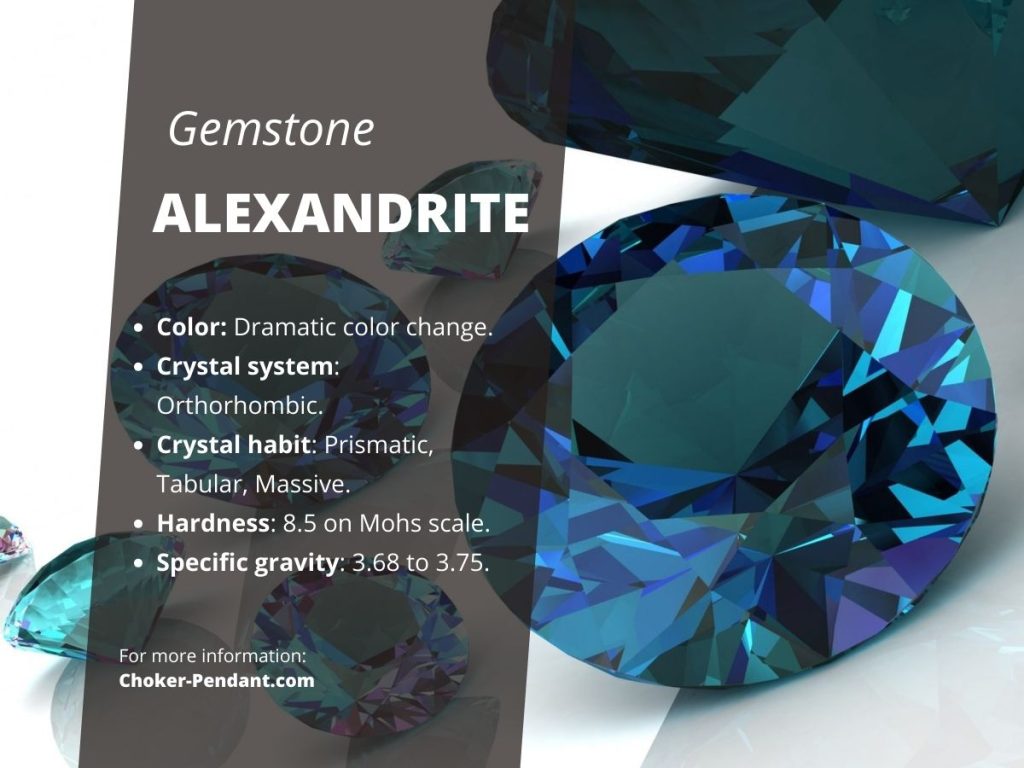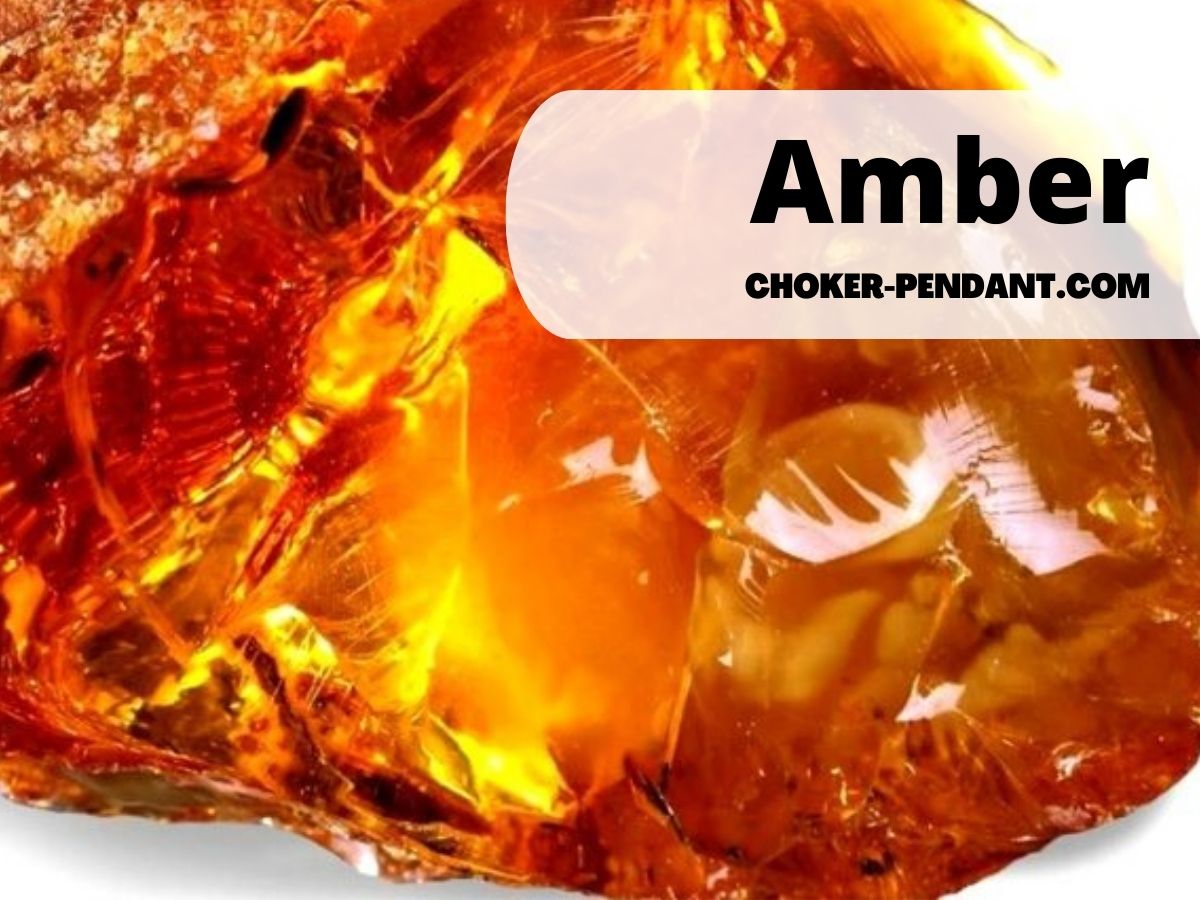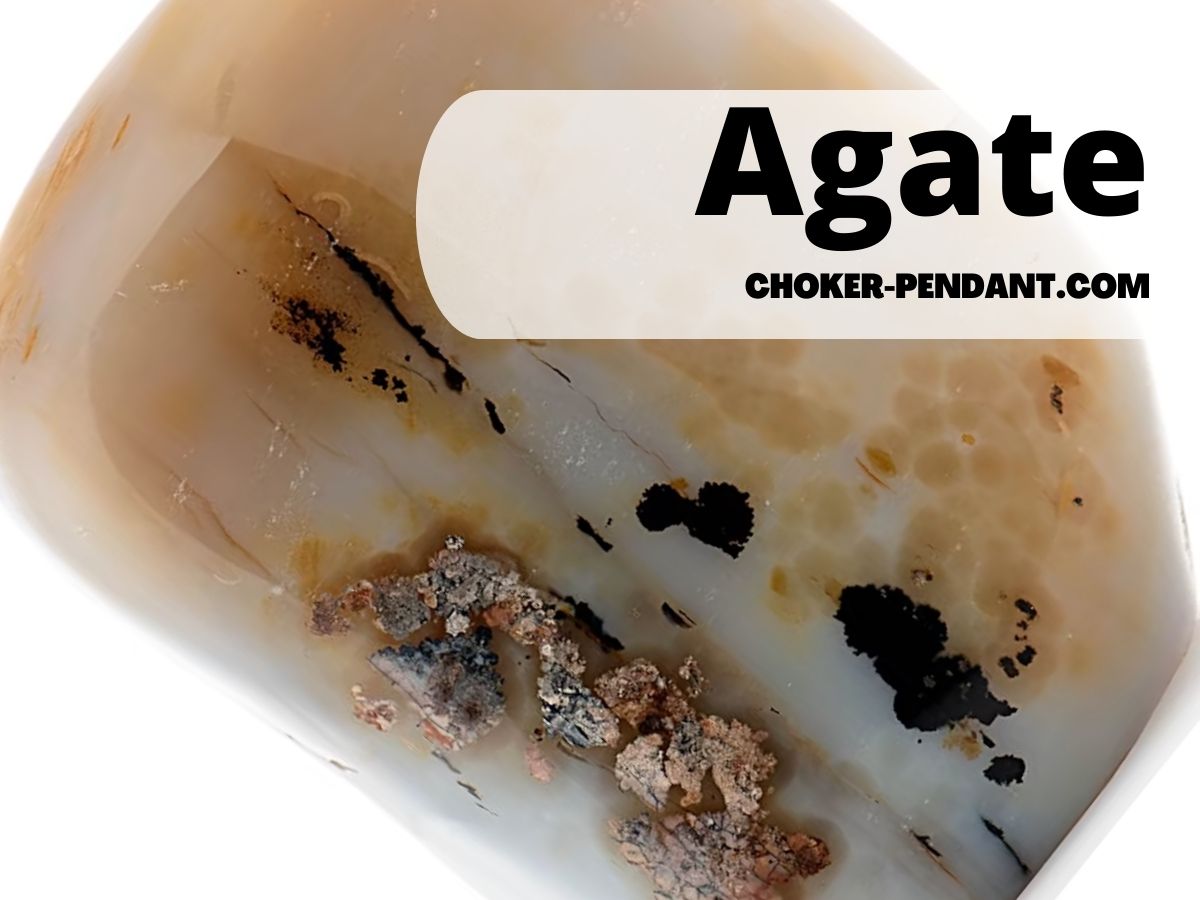What is Alexandrite Stone?

Alexandrite is an extraordinary and uncommon gemstone valued for its unusual color-changing characteristics. It was called after the youthful Alexander II when it was discovered in Russia’s Ural Mountains in the nineteenth century. The capacity of alexandrite to display multiple hues under different light sources is what makes it extremely intriguing. It appears greenish-blue to green in daylight or fluorescent light, but changes to crimson, purplish-red, or raspberry under incandescent or candlelight.
Alexandrite Specifications & Characteristics
A Window into Nature’s Chromatic Wizardry
Few gemstones have captivated our imagination as much as Alexandrite has since humanity discovered the alluring attraction of gemstones. This enthralling stone has a unique capacity to undergo a stunning color transition, which has captured the hearts of gemstone aficionados and collectors worldwide.
Alexandrite has a chameleon-like appearance, appearing as an enticing green under daylight or fluorescent lighting, only to transform into a magnificent crimson under incandescent or candlelight. Alexandrite’s amazing color play makes it a desirable item for both jewelry aficionados and scientific brains trying to uncover nature’s chromatic sorcery.
The Unveiling of a Natural Wonder
Alexandrite was first discovered in Russia in the early 1830s. It was named after Tsar Alexander II since it was discovered unexpectedly on his birthday in April 1834.
The renowned mineralogist Nils Gustaf Nordenskiöld discovered this unique gemstone in Russia’s Ural Mountains, near the town of Ekaterinburg. It was initially misidentified as an emerald owing to its green color during daytime hours, but it wasn’t until it was brought indoors that its actual nature emerged, shifting into a vivid red tint under artificial light.
Historical Significance and Regal Identity
Alexandrite’s distinct beauty drew immediate notice from Russia’s elite and won appreciation within royal circles. Because of its connection to the Russian tsars, it was dubbed the “Gemstone of Tsars” or “Imperial Gem.” Alexandrite, a sign of grandeur and wealth at the time, graced various imperial jewelry collections. Beyond its Russian origins, Alexandrite is admired globally for its scarcity and alluring charm.
Collectors are particularly interested in good examples from Brazil, Sri Lanka, and East Africa. It has recently grown in popularity among gem aficionados in nations such as the United States and Japan, where its color-changing qualities are prized.
Whether it be for its enchanting allure or historical significance, Alexandrite continues to captivate with its intriguing nature. Join us as we delve deeper into the geological formation of this gemstone, understand its physical properties that give rise to its color-changing abilities and explore its rich history, all while unraveling the mysteries of this truly magical stone.

Geological Formation
Explanation of the Mineral Composition and Structure
Alexandrite is a rare and precious variety of the mineral chrysoberyl. It belongs to the orthorhombic crystal system, characterized by its three axes of unequal lengths that intersect at right angles. The chemical formula of chrysoberyl is BeAl₂O₄, indicating its composition which consists of beryllium (Be), aluminum (Al), and oxygen (O).
The presence of chromium impurities inside the crystal lattice is responsible for Alexandrite’s distinctive color-changing feature. The chrysoberyl crystal structure is made up of linked tetrahedrons produced by beryllium and oxygen atoms.
Within this framework, aluminum atoms occupy octahedral positions, resulting in a strong and stable structure. The presence of chromium ions in the crystal lattice replaces some aluminum ions, resulting in the intriguing color-changing phenomena for which Alexandrite is famous.
Discussion on the Specific Conditions Required for Alexandrite Formation
Alexandrite production requires certain geological conditions that are extremely rare in nature. It is most commonly found in metamorphic rocks that have been subjected to extreme heat and pressure over millions of years. These rocks are frequently formed in aluminum-rich settings such as granitic magma and pegmatite veins.
Certain components must be present during the creation of Alexandrite: beryllium, aluminum, oxygen, and trace quantities of chromium. Furthermore, an optimal environment necessitates pockets of large temperature changes as well as a source of water to support the chemical processes required for the creation of chromian chrysoberyl.
The transformation from ordinary chrysoberyl into Alexandrite happens when these geological conditions lead to a specific set of occurrences: high temperatures followed by rapid cooling combined with trace amounts (around 0.1%) of chromium incorporation into the crystal lattice. This unique combination of factors contributes to the formation of Alexandrite’s distinct color-changing property.
Locations where Alexandrite is Found in Abundance
Alexandrite deposits are uncommon and limited in number, making them very desirable to collectors and gem aficionados. Historically, the most notable sources were discovered in Russia’s Ural Mountains. During the nineteenth century, this locality became known for producing some of the highest quality Alexandrites.
However, Russian resources are rare nowadays, and locating native Russian Alexandrites can be difficult. Brazil, notably the states of Minas Gerais and Bahia, is another important supplier.
Since the mid-1800s, these Brazilian mines have been producing Alexandrite. Brazilian stones frequently display great color variation and may compete with Russian stones in quality.
Sri Lanka (formerly known as Ceylon) is another important source of Alexandrite. The country has significant deposits that produce both high-quality stones with intense color changes as well as smaller-sized stones suitable for jewelry use.
Other countries where Alexandrite has been found include Zimbabwe, Madagascar, Myanmar (Burma), Tanzania, India, and even parts of North America like North Carolina in the United States. It is worth noting that despite these various locations around the world where Alexandrite exists in abundance or scarcity, finding large gem-quality specimens remains a rarity regardless of origin.
Physical Properties
The Enigmatic Color-Changing Phenomenon
Alexandrite, with its fascinating attractiveness, has a rare and intriguing property that distinguishes it from other gemstones: the capacity to undergo a spectacular color shift under varied lighting circumstances. Pleochroism is an intriguing phenomena caused by the stone’s unique optical qualities. Alexandrite shines brilliantly green or bluish-green under natural daylight or fluorescent lights.
When exposed to incandescent or candlelight, it changes to a luscious crimson or purplish-red tint. This is nothing short of remarkable chameleon behavior.
Mohs Hardness Scale: A Measure of Resilience
When assessing the durability and wearability of Alexandrite stone, one must consider its rank on the Mohs hardness scale – a useful gauge that determines a gemstone’s ability to withstand scratches and abrasions. On this scale ranging from 1 to 10, with diamond being the hardest mineral at 10, Alexandrite boasts an impressive hardness level of 8.5. While it falls slightly below renowned gemstones such as sapphire and ruby in terms of hardness (both rated 9 on the Mohs scale), Alexandrite’s robust nature ensures its suitability for various jewelry applications.
The Radiant Triad: Refractive Index, Dispersion, and Birefringence
The brilliance and sparkle exhibited by Alexandrite owe much credit to its exceptional refractive index (RI) – a measure of how light bends as it passes through the gemstone. With an RI ranging between 1.746 and 1.755 for red light and between 1.739 and 1.744 for green light respectively, Alexandrite demonstrates an impressive ability to bend light rays at different angles while maintaining its captivating color. This attribute contributes to its dazzling optical display, accentuating its allure.
Furthermore, Alexandrite possesses a remarkable dispersion rate, also known as “fire,” which refers to the stone’s ability to split white light into its spectral colors. With a dispersion of approximately 0.014, Alexandrite showcases prismatic flashes when light interacts with the gemstone, creating a mesmerizing spectacle akin to fireworks in the night sky.
Birefringence is yet another intriguing property of Alexandrite. It refers to the splitting of a light beam into two separate rays as it enters and exits the crystal structure.
Alexandrite exhibits weak to moderate birefringence levels, typically around 0.004 to 0.006, contributing subtly to the stone’s internal complexity and adding an extra layer of visual interest. Through these exceptional physical properties such as pleochroism, high refractive index, impressive dispersion rate, and subtle birefringence effects, Alexandrite showcases its radiant character and ensures it remains an enduring marvel in both scientific and aesthetic realms.
Color Variations
Alexandrite is renowned for its fascinating color-changing properties, which make it one of the most captivating gemstones in the world. The primary colors observed in Alexandrite include various shades of green, blue-green, yellow-green, and brownish-green.
These colors are often described as enchanting and vibrant, creating a captivating visual experience for the viewer. The green color seen in Alexandrite is typically the most dominant hue.
It ranges from a fresh and lively spring-like green to a rich and deep emerald green. The blue-green variations add a touch of coolness to the stone’s appearance, resembling the hues of an aquamarine gem.
Yellow-green Alexandrites bear a resemblance to peridot or certain types of garnets and exhibit a sunny and refreshing allure. Brownish-green Alexandrites possess earthy tones that evoke warmth while maintaining their unique color-changing ability.
Factors Influencing Color Change
The mesmerizing color change exhibited by Alexandrite is influenced by several factors that interact with each other to produce such remarkable optical phenomena. The primary factor influencing this phenomenon is the light source itself. Different light sources emit varying spectra of light wavelengths that can either enhance or subdue certain colors in an Alexandrite stone.
The intensity of the light source also plays a significant role in determining the degree of color change observed in an Alexandrite gemstone. Brighter light sources tend to intensify color shifts, whereas lower intensity lighting may result in less dramatic changes or even no visible shift at all.
In addition to light-related factors, temperature variations can also affect an Alexandrite’s appearance. Some stones may exhibit more pronounced color changes when exposed to different temperatures due to modifications within their crystal lattice structures.
Moreover, chemical impurities present within an Alexandrite crystal can influence its color-changing properties. Specific trace elements, such as chromium or iron, can impact the stone’s color and contribute to the overall aesthetic appeal.
Rare Color Variations
While Alexandrite is predominantly known for its green hues, there are rare instances where it showcases an astonishing red or purplish-red coloration. These exceptional specimens are highly sought after by collectors and enthusiasts due to their extreme rarity and visual allure. It is important to note that not all red Alexandrites found in the market are natural.
Synthetic Alexandrites with a red hue exist and can be challenging to differentiate from their natural counterparts without specialized testing. Therefore, acquiring an authentic red Alexandrite requires careful examination by experts using gemological techniques.
On the other hand, natural purplish-red Alexandrites are incredibly scarce and highly prized among gemstone connoisseurs. These stones exhibit a magical play of colors, transitioning between deep purple and vibrant red under different lighting conditions.
Their exquisite beauty stems from a delicate combination of specific trace elements within the crystal structure. Overall, the color variations observed in Alexandrite, ranging from various shades of green to rare red or purplish-red hues, make it an extraordinary gemstone that continues to captivate admirers worldwide.
Mining and Production of Alexandrite Stone
Traditional Mining Methods vs Modern Techniques
Unearthing the precious Alexandrite gemstone from its natural habitat requires a delicate balance between traditional mining practices and modern technological advancements. Historically, the extraction process relied heavily on manual labor, with miners meticulously sifting through soil and gravel in search of gem-bearing rocks.
This labor-intensive method involved hand tools such as picks, shovels, and sieves. However, as technology evolved, so did mining techniques.
Today, sophisticated machinery like excavators and bulldozers streamline the process, allowing for faster excavation while minimizing human effort. Advanced screening techniques using X-ray or laser technology aid in identifying potential Alexandrite deposits within mineral-rich ores.
Major Mining Regions Worldwide
Alexandrite stone’s mesmerizing allure is not confined to a single geographic location; it can be found in several major mining regions across the globe. Russia holds a prominent place in Alexandrite history as it was here that this enchanting gemstone was first discovered near the Ural Mountains in 1834.
The Russian deposits are renowned for their exceptional quality, displaying vivid color changes from deep green to vibrant red under varying light conditions. Brazil also ranks high among significant alexandrite producers since its discovery of deposits in the late 19th century near Minas Gerais state.
Brazilian alexandrites are celebrated for their intense hues and extraordinary color change phenomena. Sri Lanka (formerly Ceylon) adds another dimension to the global production of alexandrites.
The island nation has been a consistent source of this remarkable gemstone since ancient times. Sri Lankan alexandrites possess a unique charm with predominantly green hues that transform into rich purplish-red tones when exposed to incandescent light.
Challenges Faced during Extraction
The extraction of alexandrite comes with its fair share of challenges, primarily due to the complex geological formations in which it is found. These gemstones typically occur in metamorphic rocks, such as gneiss, schist, and mica, which require careful handling to avoid damage during the mining process. Moreover, these deposits often lie deep beneath the Earth’s surface, necessitating extensive excavation efforts.
Another obstacle faced by miners is that Alexandrite occurs in small pockets or thin veins within host rocks. Locating these deposits demands meticulous exploration and surveying techniques.
Furthermore, the fragile nature of Alexandrite poses a risk during extraction since it can easily fracture or chip if not handled with utmost care. Additionally, unpredictable weather patterns and harsh environmental conditions further complicate the extraction process.
The extreme temperatures experienced in some mining regions can hinder operations and impact worker safety. Extracting Alexandrite from mines requires a delicate balance between traditional methods and modern technological advancements.
Major mining regions worldwide such as Russia, Brazil, and Sri Lanka have played significant roles in the production of this captivating gemstone throughout history. However, challenges persist due to complex geological formations that house these gems deep within the Earth’s surface and their fragile nature requiring careful extraction techniques to preserve their beauty intact.
Gemological Treatments & Imitations of Alexandrite Stone
Identification techniques to distinguish natural from synthetic or treated stones
Distinguishing between natural, synthetic, and treated Alexandrite requires a keen eye and knowledge of the gemstone’s characteristics. Gemologists employ various identification techniques to uncover the true nature of an Alexandrite stone. One common method is examining the stone’s inclusions under a microscope.
Natural Alexandrites often contain characteristic inclusions like rutile needles, fingerprint-like patterns, or color zoning. Synthetic counterparts, on the other hand, might exhibit flux particles or gas bubbles that reveal their lab-grown origin.
Additionally, gemologists may conduct spectroscopic analysis to examine absorption spectra unique to natural Alexandrite. Another critical aspect of identification is assessing a stone’s color change behavior.
Natural Alexandrites exhibit a pronounced and distinctive color shift from green under daylight or fluorescent light to red or purplish-red under incandescent light. This phenomenon is known as pleochroism.
Synthetic alternatives often lack this intense color change effect due to limitations in mimicking natural properties accurately. Furthermore, advanced gemological tools such as refractometers and spectrometers aid in determining an Alexandrite’s authenticity.
Refractive indices provide valuable insights into the gemstone’s optical properties by measuring how light bends as it passes through the stone. Natural Alexandrites typically exhibit higher refractive indices compared to their synthetic counterparts due to differences in crystal structure and composition.
Common treatments applied to enhance or alter color
Gemstone treatments have been practiced for centuries with the intention of enhancing a stone’s appearance or altering its color artificially. While untreated natural Alexandrites are highly valued, treated stones can still exhibit remarkable beauty.
One commonly employed treatment is heat treatment, which aims to optimize the gemstone’s color by subjecting it to controlled heating under specific conditions. This process can intensify the stone’s hues and improve its overall clarity.
Another technique used for color enhancement is irradiation. Alexandrites are exposed to controlled doses of radiation which induce changes in their crystal lattice, leading to alterations in color intensity.
The effects of irradiation can vary, ranging from subtle enhancements to more dramatic transformations. However, it is important to note that any gemstone subjected to such treatments should be disclosed and properly labeled when sold.
Overview of popular imitations like synthetic spinel or garnet used as substitutes
Creating synthetic Alexandrite alternatives has been an ongoing endeavor for decades. Synthetic spinel and garnet have been widely used as substitutes due to their similar physical properties and color-changing capabilities. Synthetic spinel, specifically its chromium-rich variety, bears resemblance to natural Alexandrite in terms of color change but lacks the rarity and value associated with genuine Alexandrites.
Garnet varieties such as hybrid garnets or synthetic yttrium aluminum garnets (YAG) have also emerged as popular alternatives in the market. These synthetic options often exhibit impressive color change phenomena and can closely mimic natural Alexandrite’s appearance at a fraction of the cost.
However, it is crucial for consumers and gem enthusiasts alike to remain aware of these imitations. Transparent disclosure by sellers is essential when offering synthetic spinels or garnets that resemble natural Alexandrites so that buyers can make informed decisions based on accurate information.
Identifying natural versus treated or synthetic Alexandrites requires a combination of visual examination techniques and advanced laboratory analysis tools such as spectroscopy or refractometry. Heat treatment and irradiation are common practices used to enhance or alter the color of Alexandrite, with varying degrees of impact on the gemstone.
Additionally, synthetic spinel and garnet have emerged as popular imitations offering a more affordable alternative to natural Alexandrite. The knowledge and understanding of these gemological treatments and imitations empower collectors and customers to make informed choices when acquiring this captivating gemstone.
Famous Alexandrites & Historical Significance
Notable gemstones with exceptional size or quality such as “The Russian Alexandrite”
One of the most renowned and prized Alexandrite gemstones is “The Russian Alexandrite.” This extraordinary gemstone weighs an impressive 66 carats and exhibits a remarkable color change from bluish-green in daylight to purplish-red under incandescent light. Discovered in the Ural Mountains of Russia, it exemplifies the finest qualities of natural Alexandrite.
Its exceptional size and rare color-changing ability have made it an iconic symbol of this enchanting gemstone. Another notable Alexandrite is the “Alexandrine Tiara,” which showcases a collection of exquisite Russian Alexandrites set within a stunning tiara design.
Crafted during the reign of Tsar Nicholas II, this masterpiece reflects the opulence and grandeur associated with imperial Russia. The tiara’s intricate craftsmanship combined with its magnificent Alexandrites make it an object of desire for collectors and admirers alike.
Historical Significance
Alexandrite has historically had considerable significance in many civilizations across the world. It immediately became the national stone of Russia, where it was found in 1830, and was cherished by czars and aristocrats who saw it as a sign of pride and rank.
It was associated with elegance, money, and power. Alexandrite was extremely important during Queen Victoria’s reign in England.
It was named for her nephew Alexander II, who gave her a magnificent piece of this stone on her sixtieth birthday, and it quickly became popular among British elite. Its scarcity and intriguing color-changing qualities captivated Victorian society.
Conclusion
Alexandrite is a gemstone with a long history and a remarkable color-changing ability that continues to enchant aficionados. Its well-known jewels, like as “The Russian Alexandrite” and the “Alexandrine Tiara,” demonstrate the great size, quality, and workmanship connected with this magnificent stone. Alexandrite’s historical significance, from being a symbol of riches and power in Russia to capturing Queen Victoria’s interest, adds to its attractiveness.
It’s a real treat to come across remarkable specimens like Alexandrite as we explore the world of gems and precious stones. Its beauty, uniqueness, and hypnotic color variations remind us of the tremendous miracles that exist on our earth.
Alexandrite’s legacy continues on via these famous jewels, reminding us that nature has bestowed upon us treasures that are really priceless. Let us treasure and appreciate these wonders that connect us to both the past and the present, while also kindling our imagination for what lies ahead in the field of gemology.




